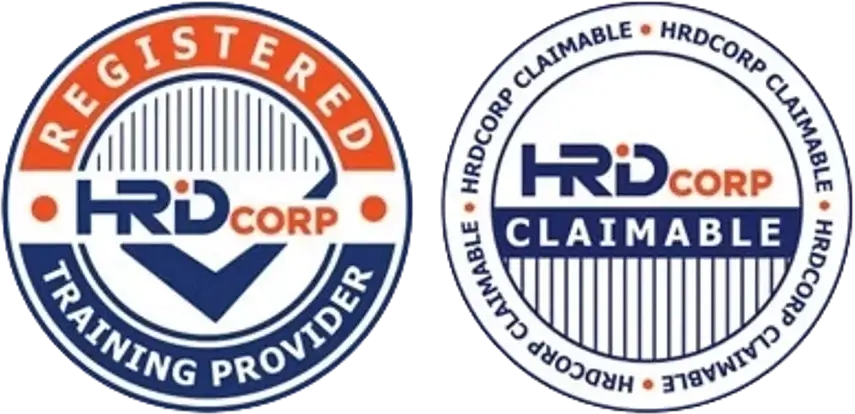Can You Rely on Only One CCP to Control Multiple Hazards?
When developing a HACCP plan, a common question is:
👉 Can one Critical Control Point (CCP) effectively manage more than one food safety hazard?
The short answer is yes — but only if it’s done properly.
Let’s break down what you need to consider if you’re assigning multiple hazards to a single CCP, and how to ensure your food safety system remains valid, verifiable, and audit-ready.
✅ First, What Is a CCP?
-
A Critical Control Point is a step at which control can be applied to prevent, eliminate, or reduce a food safety hazard to an acceptable level.
-
Typical examples include:
-
Cooking (biological hazard)
-
Metal detection (physical hazard)
-
pH adjustment or pasteurization (chemical or microbial hazard)
-
🔍 Can One CCP Control More Than One Hazard?
Yes — but only under these conditions:
-
The CCP is designed to address each specific hazard
-
Critical limits are established for all hazards involved
-
Monitoring procedures are capable of detecting failure for each hazard
-
There is scientific validation that the CCP step controls each hazard
-
Staff are trained to understand and verify each hazard and limit
⚠️ What Types of Hazards Might Be Controlled at One CCP?
-
Cooking may control:
-
Salmonella (biological)
-
Listeria monocytogenes (biological)
-
-
Pasteurization may control:
-
E. coli (biological)
-
Mycotoxins (chemical – if temperature destroys them)
-
-
Metal detection may control:
-
Metal shards (physical)
-
Equipment failure risks (indirect physical)
-
🚫 Common Pitfalls of Relying on a Single CCP
-
Assuming one limit fits all hazards
-
E.g., 70°C for 2 minutes may kill Salmonella but not Listeria
-
-
Overloading CCP documentation
-
Too many hazards = confusing logs, increased audit findings
-
-
Poor monitoring practices
-
Operators miss signs because the step is overly complicated
-
-
Lack of validation for some hazards
-
Failure to update plan when new hazards are introduced
🛠 Best Practices When Using One CCP for Multiple Hazards
1. Conduct a Hazard-by-Hazard Analysis
-
Identify if each hazard needs a different critical limit
-
Confirm all can be effectively controlled at the same processing step
2. Validate Each Control
-
Use scientific studies, internal testing, or 3rd-party validation
-
Ensure the CCP is capable of achieving food safety objectives
3. Document Each Hazard Clearly
-
List all hazards controlled at the CCP
-
Provide separate critical limits and monitoring procedures if needed
-
Train operators to distinguish each hazard’s control mechanism
4. Keep Monitoring Simple
-
Avoid combining too many variables in one form
-
Use clear, structured templates for recording checks
-
Consider digital monitoring systems for high-risk CCPs
5. Review CCPs During Internal Audits
-
Ensure ongoing compliance and verification effectiveness
-
Flag any trends or deviations specific to individual hazards
🧠 Expert Tip: Just Because You Can, Doesn’t Mean You Should
-
In low-risk operations, one CCP may be enough
-
In complex food systems, separating hazards across different CCPs or OPRPs often gives better control
-
Think from the auditor’s point of view: can your team explain it clearly?
📌 Final Thoughts
Yes, you can rely on a single CCP to control multiple hazards — but only with solid justification, training, and documentation.
The key is not just combining steps — it’s proving that your approach works in real-world conditions, every day, on every shift.
💼 Need expert help to validate or simplify your HACCP plan?
At CAYS Scientific, we support Malaysian food businesses in HACCP design, CCP validation, team training, and audit preparation — so your food safety system is strong, simple, and sustainable.
📞 Contact us today and build a HACCP plan your whole team can follow confidently.




